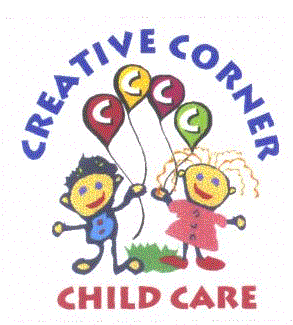Approximately 3,500 infants die annually in the United States from sleep-related deaths, including SIDS – Sudden Infant Death Syndrome, ill-defined deaths, and accidental suffocation and strangulation. In 2016, the American Academy of Pediatrics (AAP) released new guidelines for creating a safe sleep environment. Below, is an abbreviated list and circumstances that increase the risks of SIDS.
AAP recommendations on creating a safe sleep environment include:
- Place the baby on his or her back on a firm mattress or safety-approved crib or bassinet with a tight-fitting sheet.
- Avoid use of soft bedding, including crib bumpers, blankets, pillows and soft toys. The crib should be bare.
- Room-sharing decreases the risk of SIDS by as much as 50 percent. Share a bedroom with parents, but not the same sleeping surface, preferably until the baby turns one but at least for the first six months.
- Infants who are brought into the bed for comfort or feeding should be returned to their crib or bassinet when the parent is ready to go to sleep
- Sitting devices, such as car seats, strollers, swings infant carriers, and infant slings are nor recommended for sleeping, particularly for young infants.
- Avoid baby’s exposure to smoke, alcohol and illicit drugs.
- Have skin to skin contact with your baby for at least one hour after birth
- Supervise your child during awake-only tummy time. Tummy time helps a baby develop muscle control and avoid
- Couches and armchairs are very dangerous places for infants.
- The safest place for an infant to sleep is on a separate sleep surface designed for infants – placed close to the parent’s bed
Circumstances that have been shown to increase the risks of SIDS;
- Parents or caregivers that smoke.
- Smoking by mother during pregnancy
- Preterm infants or low birth weight.
- Bed sharing of soft surfaces – waterbeds, sofas, or
- Additional individuals are sharing a bed.
- Parents have consumed alcohol or sedating drugs.
- The infant is sharing a bed with someone who is not a parent.
To review the report and complete guidelines, click the following link:
http://pediatrics.aappublications.org/content/early/2016/10/20/peds.2016-2938
